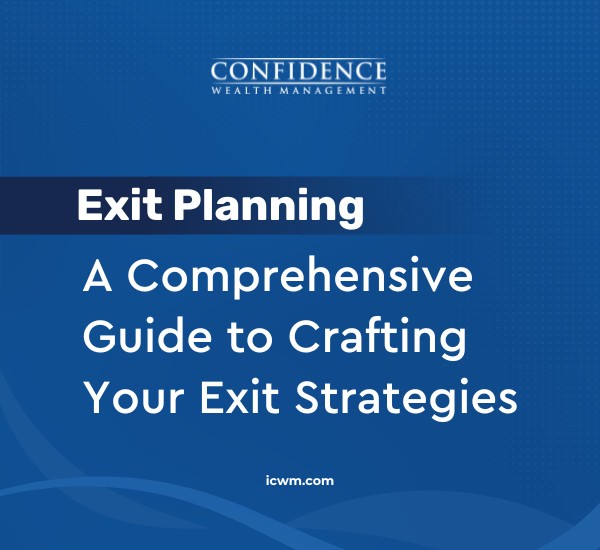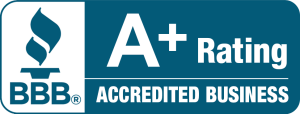A simplified employee pension plan (SEP) is a written plan that allows small-business owners to make retirement contributions to traditional IRAs (SEP-IRAs) set up for themselves and each eligible employee.
These contributions may be deducted from your business’s income and excluded from your employees’ income.
Some benefits of using a SEP are that they’re a tax-advantaged way to save for your retirement, but may also help you attract and retain qualified employees by providing for their retirements. And it may help your business avoid some of the complexities posed by certain other employer-sponsored retirement plans.
Who Can Establish a SEP?
You can establish a SEP if you’re an employer or you have self-employment income.
“Employer” means you’re a sole proprietor, a partnership, a C corporation, an S corporation, a limited liability company, and a limited liability partnership. You don’t need employees to set up a SEP, but if you do have them, all eligible employees must be included as SEP participants.
How Do I Set Up a SEP Plan?
You can establish a SEP by any of the following methods:
- Signing an IRS Form 5305-SEP, Simplified Employee Pension — Individual Retirement Accounts
Contribution Agreement - Adopting a prepackaged prototype SEP from a bank, insurance company, financial institution, or other company
- Creating a custom-designed SEP
The easiest way is to use Form 5305-SEP. You can use this Form if you don’t maintain any other retirement plans, don’t use leased employees, and meet certain other IRS requirements.
You have until the due date of your business’s federal income tax return (including extensions) to set up a SEP and make contributions. By contrast, an ordinary IRA contribution can’t be made later than the due date of your federal income tax return, with no extensions (generally April 15).
So, if you’re self-employed and file for an extension you could have until October 15 to make a SEP contribution to
your SEP-IRA.
Which Employees Need to be Included in a SEP?
You must include all employees who have:
- Reached 21 years of age
- Worked for you at least three of the last five years
- Received a minimum payment of $650 (for 2022) from you for the year the contribution is made
This applies even if they aren’t working for you at the end of the year.
How Do I Contribute to My Plan?
Most employers figure out a contribution percentage for a year and apply it to all their employees to avoid discrimination rules. Contribution formulas can be sophisticated and even integrated with Social Security (you should seek out professional help if you decide to use a complicated formula).
Your contributions are pre-tax dollars. That means that your employees can exclude your contributions from their gross income. In addition, the funds can grow tax deferred. Employer contributions and earnings are taxed when distributed from the SEP-IRA.
How Much Can I Contribute to a SEP?
Up to 25% of compensation or $61,000, whichever is less, to an employee’s SEP-IRA in 2022 (up from $58,000 in 2021).
Generally, when calculating the amount you can contribute in 2022, you can consider only the employee’s first $305,000 compensation (up from $290,000 in 2021).
If you’re self-employed, contributions to your own SEP-IRA are calculated differently. While the above limits also apply to you, your compensation is considered to be your net earnings from self-employment.
That means your net earnings from self-employment represent the net income you earned in the business that established the SEP, less the deduction for contributions to your SEP and the deduction allowed to you for one-half of the self-employment tax.
This reduces your maximum contribution rate to 20% of compensation or $61,000 (in 2022), whichever is less.
Can My Employees Contribute?
No. SEPs are not like 401(k) plans. However, your employees can still make normal annual IRA contributions to their SEP-IRAs, just as they can to any other traditional IRA. But SEP-IRAs cannot accept Roth contributions.
What are the Advantages of a SEP Plan?
- You don’t have to make contributions to it every year. You choose whether or not to contribute and, if you do, how much. If you do contribute it must be allocated among all participating employees according to a written allocation formula and must not discriminate in favor of highly compensated employees.
- Minimal reporting requirements. They’re fairly easy to satisfy. If you use Form 5305-SEP, you don’t even file the form with the IRS.
- High contribution/deduction limits. Much higher than traditional and SIMPLE IRA plans, and similar to qualified retirement plan limits.
- Does not preclude you from establishing or contributing to a separate IRA. You and your employees can still contribute up to the $6,000 annual maximum for 2022 (plus an additional $1,000 catch-up contribution for those age 50 or older — both unchanged from 2021) or 100% of compensation, whichever is less, to either the SEP-IRA or separate IRA accounts.
- Keep in mind that in any year you make SEP contributions you and any of your employees participating in the SEP are considered to be covered by an employer-sponsored retirement plan. That means the deductibility of traditional IRA contributions will be subject to the IRA phase-out rules.
- You usually don’t have fiduciary responsibilities for your employees’ investment decisions. After adopting a SEP plan, your employees typically set up individual SEP-IRAs (traditional IRAs) to accept contributions. Once your employee sets up a SEP-IRA account, he or she makes the investment decisions and bears all the risk of loss.
What are Some Disadvantages?
- You must include all eligible employees in the SEP. The rules for including employees in a SEP plan are generally more inclusive than the corresponding requirements for other employer-sponsored retirement plans.
- For example, in some cases, more part-time workers must be included in a SEP. As noted earlier, you may even have to include and make contributions for terminated employees. However, you don’t have to include an employee in your SEP plan until he or she has worked for three years for you.
- Your employer contributions vest immediately. This means that once you contribute, it belongs to the employees. Consequently, a SEP might not be the best choice if your goal is to encourage employees to remain with your company long term by having vesting occur more gradually. Immediate vesting can also be costly if you have a high employee turnover.
- All eligible employees must set up a SEP-IRA or modify an existing IRA to accept SEP contributions. If even one qualified employee fails to set up their own SEP-IRA or to modify a traditional IRA into a SEP-IRA, it may defeat the entire SEP. You can set up an IRA for an employee, but doing so may rob a SEP of its fundamental simplicity. It also means that you may incur certain fiduciary obligations.
Conclusion
There are a lot of reasons to choose a SEP plan for your business, but there are a lot of risks involved if you get
it wrong.
As experienced financial professionals, we are here to help you overcome the obstacles that business owners often face so you can seize the opportunities before you. We’re here to serve as a resource for you to discuss your current financial situation and future goals.
Please contact us and let us help you discover your dream retirement. We would be delighted to go on the journey with you.










